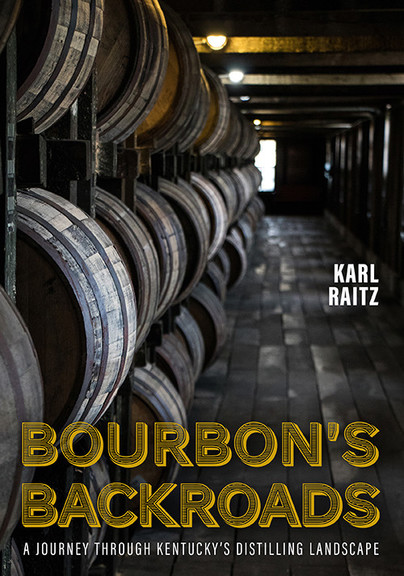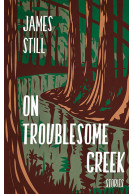Bourbon's Backroads (Paperback)
Imprint: University Press of Kentucky
Pages: 216
Illustrations: 8 b&w photos, 3 illustrations, 24 maps, 4 line drawings, 2 graphs, 4 tables
ISBN: 9780813182292
Published: 29th June 2021
Script Academic
Pages: 216
Illustrations: 8 b&w photos, 3 illustrations, 24 maps, 4 line drawings, 2 graphs, 4 tables
ISBN: 9780813182292
Published: 29th June 2021
Script Academic
Please note this book may be printed for your order so despatch times may be slightly longer than usual.
You'll be £18.00 closer to your next £10.00 credit when you purchase Bourbon's Backroads. What's this?
+£4.99 UK Delivery or free UK delivery if order is over £40
(click here for international delivery rates)
Need a currency converter? Check XE.com for live rates
(click here for international delivery rates)
Need a currency converter? Check XE.com for live rates
Bourbon Backroads can be read in the traditional way; simply retire to an armchair and read about how distillers made that bright amber liquid in the cut-glass tumbler standing on your side table. Or, one can use the book as a guide to visit and experience the places where bourbon's heritage was made.
Kentucky is strewn with the landmarks of bourbon's long story: distilleries long-standing, relict, razed, and brand new, the grand homes of renowned distillers, villages and neighborhoods where laborers lived, Whiskey Row storage warehouses, river landings and railroad yards, and factories where copper distilling vessels and charred white oak barrels are made. Throughout the nineteenth century, distilling changed from an artisanal craft practiced by farmers and millers to a large-scale mechanized industry that practiced increasingly refined production techniques. Distillers often operated at comparatively remote sites - the "backroads" - to take advantage of water sources or transport access. As time went on, mechanization and the steam engine shrank the industry's reliance on water power and permitted relocation of distilleries to urban or rural rail-side sites. This shift changed not only our ability to consume bourbon but also how we engage with the industry and its history.
Blending several topics - tax revenue, railroads, the mechanics of brewing, geography, landscapes, and architecture - this primer and geographical guide presents an accessible and detailed history of the development of Kentucky's distilling industry and explains how the industry continues to thrive.
Other titles in University Press of Kentucky...















